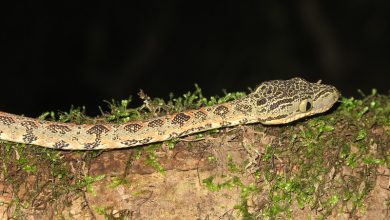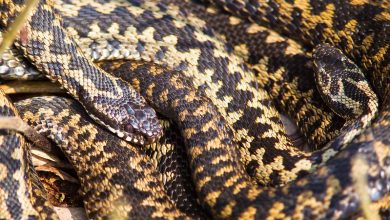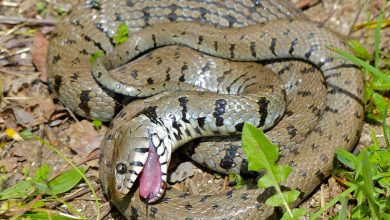How Long Can a Snakes Go Without Water » Snakes are fascinating creatures with unique physiological adaptations that allow them to survive in arid environments. In this article, we explore how long snakes can go without water and the various factors that influence their water requirements.
Table of Contents » How Long Can a Snakes Go Without Water 2024
Key Takeaways
- Snakes have evolved skin structures that help them retain water efficiently.
- Behavioral mechanisms such as seeking shelter and reducing activity help snakes conserve water.
- Renal adaptations in snakes enable efficient reabsorption of water from their urine.
- Climate and water availability play a significant role in determining snake water requirements.
- During water scarcity, snakes may enter estivation to reduce metabolic rate and conserve energy.
Physiological adaptations of snakes for water conservation
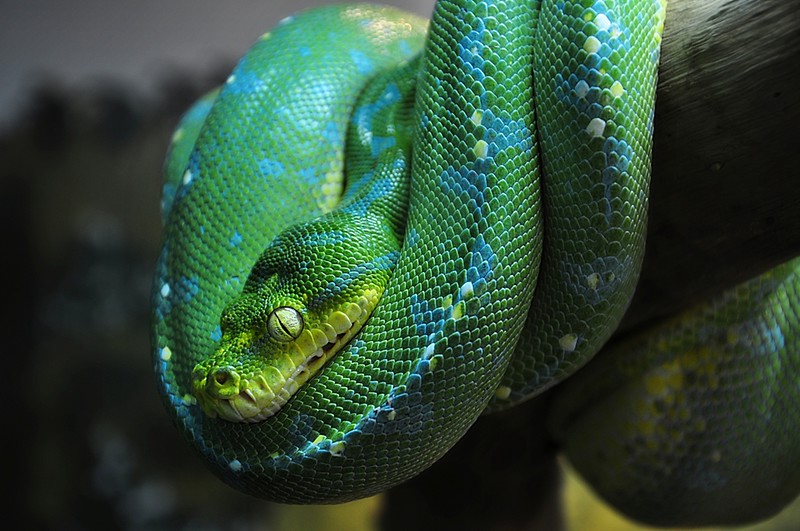
Skin structure and water retention
Snakes have evolved a highly efficient skin structure that significantly aids in water retention, a critical adaptation for survival in arid environments. The outer layer of a snake’s skin, known as the epidermis, is covered in scales that are impermeable to water. This barrier minimizes water loss through evaporation, allowing snakes to maintain hydration even in dry conditions.
The scales are composed of keratin, a protein that provides both durability and resistance to water penetration. The overlapping nature of the scales creates a seal that further enhances the skin’s ability to retain moisture. Additionally, snakes periodically shed their skin, a process known as ecdysis, which helps to remove parasites and damaged tissue, maintaining the integrity of the water-resistant barrier.
Snakes’ ability to conserve water through their skin is a key factor in their ability to survive in diverse habitats, from deserts to rainforests.
- Efficient water retention is crucial for snakes, as it reduces the need for frequent drinking.
- The skin’s adaptations are complemented by behavioral strategies, such as seeking shade during the hottest parts of the day.
- Shedding the skin regularly ensures the water-retaining properties are preserved.
Behavioral mechanisms for reducing water loss
Snakes have evolved a variety of behavioral mechanisms to minimize water loss, particularly in arid environments where water is scarce. They actively seek microhabitats with higher humidity levels, such as burrows, rock crevices, or shaded areas, to reduce evaporation. During the hottest parts of the day, many species become inactive to avoid the drying effects of the sun.
- Nocturnal activity patterns are common, allowing snakes to hunt and move in cooler, more humid conditions.
- Some species exhibit burrowing behavior, which not only provides refuge from predators but also from the desiccating effects of wind and sun.
- By coiling tightly and reducing their exposed surface area, snakes can further decrease water loss.
The strategic selection of resting locations and modification of activity periods are critical for snakes to conserve water and maintain hydration. These behaviors are particularly vital during extended periods of drought or in habitats where water is not readily accessible.
Renal adaptations for water reabsorption
Snakes have evolved remarkable renal adaptations to conserve water, which is crucial for their survival in arid environments. Their kidneys are highly efficient at reabsorbing water from urine, minimizing water loss. This process is facilitated by the unique structure of the snake’s nephrons, the functional units of the kidney.
- The nephrons have a long loop of Henle, which creates a concentration gradient that allows for increased water reabsorption.
- Specialized cells in the distal convoluted tubule and collecting duct respond to antidiuretic hormone (ADH), further enhancing water retention.
- The urine of snakes is often highly concentrated, containing a high level of uric acid, which is less toxic and conserves more water compared to urea.
The ability to reabsorb water effectively through renal mechanisms is a key factor in how long snakes can go without water. It enables them to maintain hydration and survive periods of drought by extracting maximal water from their waste products.
Environmental factors influencing snake water requirements
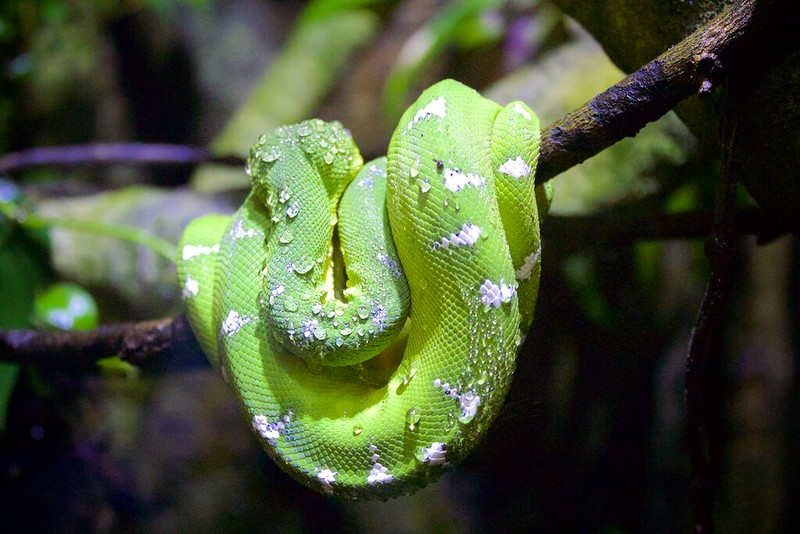
Climate and water availability
The climate of a region significantly influences the water requirements of snakes. In arid and semi-arid environments, where water is a scarce resource, snakes have evolved to minimize water loss and use available water efficiently. Snakes in these regions may go for extended periods without direct water intake, relying on metabolic water and moisture from prey.
- In tropical climates, with high humidity and frequent rainfall, snakes may not face the same challenges and can often access water more readily.
- Desert-dwelling snakes, on the other hand, are often adapted to extract water from their food and are capable of surviving with minimal water sources.
The availability of water in a snake’s habitat directly affects its behavior, physiology, and survival strategies. Snakes in water-rich environments may not need to conserve water as rigorously as those in dry climates, where every drop counts.
Habitat selection and water sources
Snakes exhibit a remarkable ability to adapt their habitat preferences in response to water availability. Water sources can significantly influence the distribution and abundance of snake populations. They often inhabit areas where water can be obtained through their prey or from the environment, such as dew or rainwater.
- Some species prefer arid environments and have evolved to minimize water loss.
- Aquatic and semi-aquatic species rely on bodies of water and may be found near streams, ponds, or swamps.
- Terrestrial species might select habitats with moist substrates or areas that experience regular precipitation.
The strategic selection of habitats with adequate water sources is crucial for snakes, as it directly impacts their survival and reproductive success. This behavior underscores the importance of water conservation mechanisms in these reptiles.
Seasonal variations in water consumption
Snakes exhibit remarkable adaptability in their water consumption patterns, which are significantly influenced by seasonal changes. During the wet season, when water is abundant, snakes may increase their water intake, taking advantage of the plentiful resources to hydrate and support their physiological processes.
In contrast, the dry season poses a challenge, prompting snakes to employ various strategies to minimize water loss. These strategies include:
- Reducing activity levels to lower metabolic rates and conserve moisture
- Seeking microhabitats with higher humidity levels
- Timing their hunting to coincide with cooler periods of the day or night
The ability of snakes to adjust their water consumption based on seasonal availability is a testament to their evolutionary resilience and plays a crucial role in their survival.
Understanding these seasonal patterns is essential for conservation efforts, particularly in regions where climate change is exacerbating water scarcity. By studying these adaptive behaviors, researchers can better predict how snake populations might respond to shifting environmental conditions.
Survival strategies during water scarcity
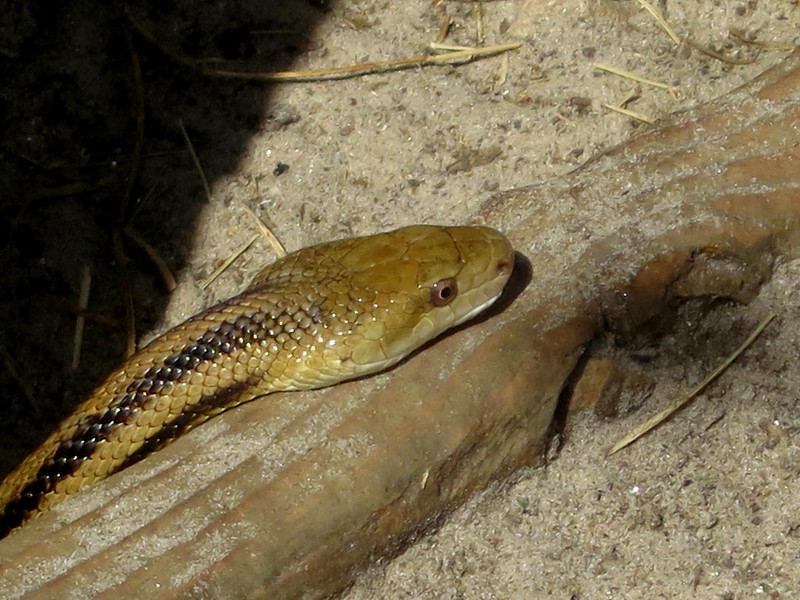
Estivation and metabolic rate reduction
In response to extreme water scarcity, some snake species employ a survival strategy known as estivation—a period of dormancy where metabolic rates are significantly reduced. This physiological adaptation allows snakes to conserve water and energy by decreasing their bodily functions to minimal levels. During estivation, snakes will often retreat to underground burrows or other sheltered environments to avoid the desiccating effects of the sun and heat.
Estivation is akin to hibernation but occurs during periods of high temperatures and drought. Unlike hibernation, which is primarily driven by cold conditions, estivation is a direct response to the lack of water and the need to prevent dehydration.
The metabolic rate reduction is not uniform across all snake species. Factors such as size, age, and species-specific physiology dictate the degree to which metabolism can be slowed. The following list outlines the general steps snakes may take during estivation:
- Seeking shelter in cooler, humid microhabitats
- Coiling tightly to reduce surface area and water loss
- Slowing down heart rate and respiration
- Reducing food intake to lower metabolic demand
While estivation is a critical adaptation for survival, it is not without its costs. Extended periods of low metabolic activity can impact a snake’s growth, reproductive capacity, and overall health. However, the ability to estivate effectively can be the difference between life and death in arid environments where water is a scarce commodity.
Migration patterns in search of water
In response to water scarcity, snakes may exhibit migration behaviors, moving to areas with higher moisture levels. This migration is not random but follows specific patterns that are often related to the snake’s previous experiences and environmental cues. For instance, some species have been observed to return to watering holes that they have used in the past, indicating a form of spatial memory or learned behavior.
- Snakes may travel significant distances during migration.
- They often follow landscape features such as riverbeds or valleys that may lead to water sources.
- Migration can be a risky endeavor, exposing snakes to predators and other environmental hazards.
During periods of drought, the migratory patterns of snakes become crucial for their survival. The ability to locate and move towards water sources can be a determining factor in whether a snake can endure prolonged periods without water.
Prey selection and water content
Snakes exhibit remarkable adaptability in their diet, which plays a crucial role in their hydration strategy, especially in arid environments. Prey selection is a critical factor in a snake’s water conservation efforts, as different prey species vary significantly in their water content. For instance, amphibians, which have high water content, can be a valuable source of hydration, while reptiles and birds provide less moisture.
- Amphibians: High water content
- Mammals: Moderate water content
- Reptiles and birds: Lower water content
During periods of water scarcity, snakes may alter their prey preferences to prioritize those with higher water content, thus reducing the need for free-standing water. This behavioral adaptation allows them to maintain hydration through their dietary intake alone.
The ability to derive water from prey is particularly advantageous for desert-dwelling species, which may face extended periods without access to liquid water sources. By relying on the moisture obtained from their prey, these snakes can endure harsh conditions where other animals might succumb to dehydration.
Impact of dehydration on snake physiology
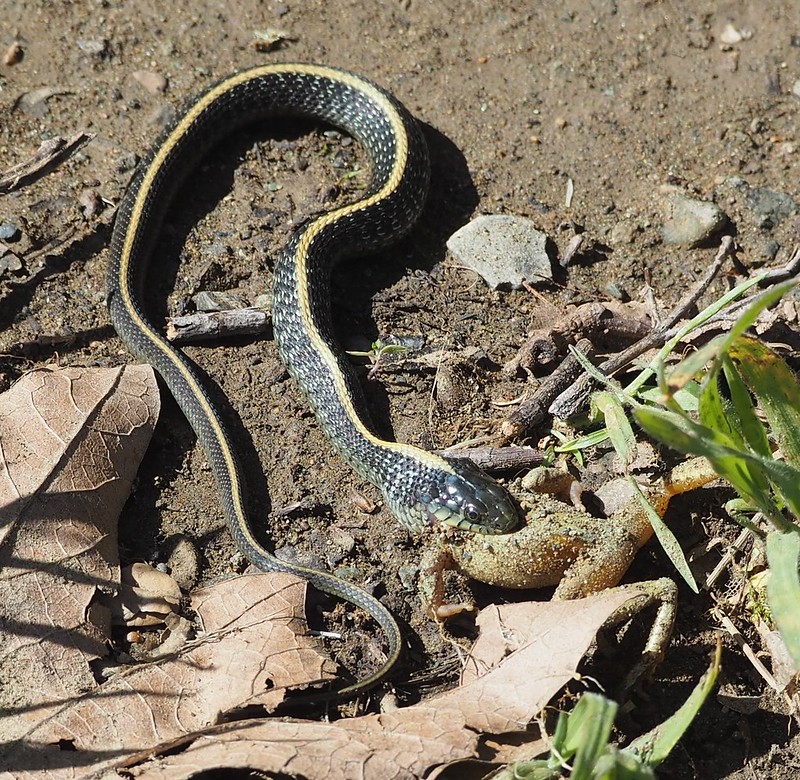
Effects on digestion and metabolism
Dehydration can have a profound impact on the physiological processes of snakes, particularly affecting their digestion and metabolism. Water is essential for the enzymatic reactions involved in digestion, and a lack of hydration can lead to a significant slowdown in these processes. This can result in longer digestion times and may even cause a snake to regurgitate its meal if the dehydration is severe.
- Inadequate water intake can lead to a decrease in metabolic rate.
- Digestive efficiency is compromised, affecting nutrient absorption.
- Dehydration can trigger a state of torpor to conserve energy.
When a snake is dehydrated, its body prioritizes water conservation over digestion, which can lead to a buildup of undigested material in the gut. This can cause discomfort and may increase the risk of intestinal blockages.
The relationship between hydration and metabolism is also evident in the snake’s ability to thermoregulate. Without sufficient water, snakes may struggle to maintain their body temperature, which is crucial for metabolic processes. As ectotherms, snakes rely on external heat sources, and dehydration can limit their ability to seek out these necessary environments.
Renal function under dehydration stress
Under dehydration stress, snakes exhibit remarkable renal adaptations to maintain homeostasis. The kidneys of snakes become highly efficient at concentrating urine, minimizing water loss while still excreting metabolic wastes. This is particularly vital as snakes can often endure prolonged periods without access to water.
- The nephrons, functional units of the kidney, increase the reabsorption of water back into the bloodstream.
- Antidiuretic hormones are released to further enhance water conservation.
- The urine-to-plasma osmolality ratio rises, indicating more concentrated urine.
In extreme cases of dehydration, snakes can experience a significant reduction in glomerular filtration rate, which is a measure of kidney function. This adaptation allows them to conserve water at the cost of reduced waste elimination.
These physiological responses are crucial for survival in arid environments where water is scarce. However, chronic dehydration can lead to kidney damage and impaired renal function over time, underscoring the importance of water for these reptiles.
Behavioral responses to prolonged thirst
In response to prolonged periods without water, snakes exhibit a range of behavioral adaptations to mitigate the effects of dehydration. Snakes may limit their activity during the hottest parts of the day, seeking shelter in cooler, more humid microhabitats to conserve water. This behavior reduces evaporative water loss, which is critical for survival in arid environments.
Snakes also display changes in their hunting strategies, often opting for prey with higher water content. This shift in diet can be crucial for maintaining hydration when water sources are scarce. The following list outlines typical behavioral changes observed in snakes during drought conditions:
- Seeking shelter in burrows or under rocks
- Nocturnal activity to avoid daytime heat
- Reduced overall movement to conserve energy and water
- Preference for amphibious or other moisture-rich prey
In extreme cases, snakes may enter a state of torpor, significantly slowing their metabolism to reduce water and energy needs. This state can be reversed when conditions improve, allowing snakes to rehydrate and resume normal activities.
Conclusion
In conclusion, the ability of snakes to survive extended periods without water is a remarkable adaptation that allows them to thrive in diverse environments. Through their efficient water conservation mechanisms and behavioral strategies, snakes have evolved to endure prolonged periods of dehydration. Understanding the physiological and behavioral aspects of how snakes cope with water scarcity is crucial for conservation efforts and for gaining insights into the resilience of these fascinating reptiles.
Frequently Asked Questions
How long can snakes go without water?
Snakes can survive for several weeks to months without water, depending on species and environmental conditions. Some desert-dwelling snakes are adapted to go for long periods without water by conserving moisture and adjusting their metabolism.
Do all snakes have the same water requirements?
No, water requirements can vary among snake species based on their habitat, diet, and physiological adaptations. Some snakes may need more frequent access to water sources than others.
How do snakes conserve water in their bodies?
Snakes have specialized skin structures that help retain moisture, behavioral mechanisms to reduce water loss, and renal adaptations for efficient water reabsorption to conserve water in their bodies.
Can snakes survive in arid environments with limited water sources?
Yes, snakes have evolved survival strategies such as estivation (a form of hibernation) and migration patterns in search of water to cope with water scarcity in arid environments.
What are the effects of dehydration on snake physiology?
Dehydration can impact digestion, metabolism, renal function, and behavior in snakes. Prolonged thirst can lead to detrimental effects on their overall health and survival.
How do snakes obtain water in the wild?
Snakes primarily obtain water from their prey, such as rodents or insects, which contain moisture. Some snakes may also drink from natural water sources like puddles or streams.
Are there seasonal variations in snake water consumption?
Yes, snakes may adjust their water consumption based on seasonal changes in temperature, humidity, and prey availability. They may drink more water during hot and dry periods.
What should I do if I encounter a dehydrated snake in the wild?
If you come across a dehydrated snake, it is best to leave it undisturbed and provide access to a shallow water source nearby. Avoid handling the snake and let it recover on its own.
